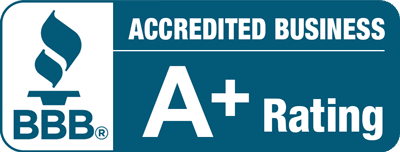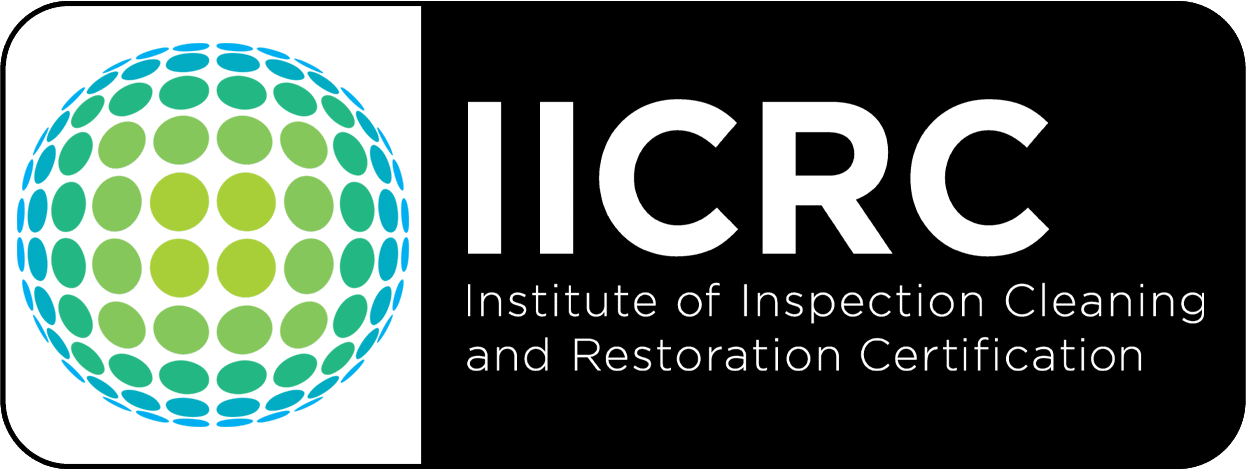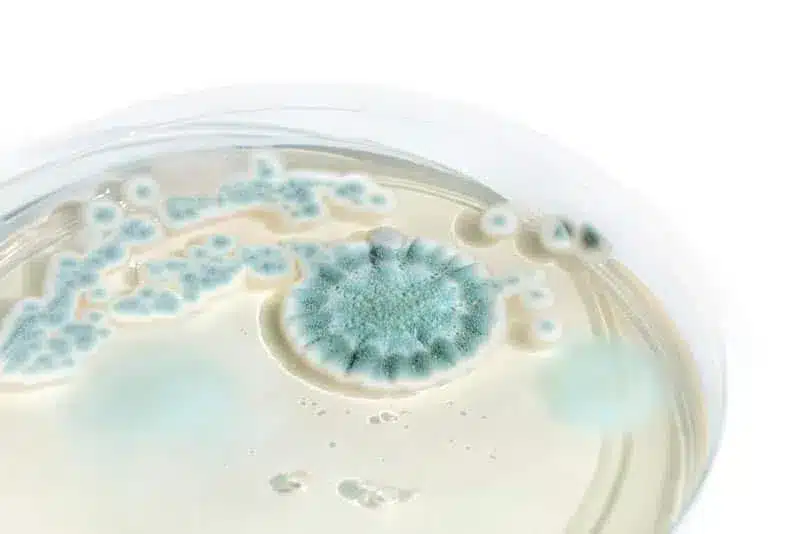Wherever water damage or excessive humidity makes the rounds, mold is sure to follow. Proper prevention reigns supreme, but it is almost never too late to salvage a situation. That said, any sort of truly effective removal or remediation strategy is built on top of a comprehensive assessment. Our mold assessment service in Mcpherson, KS, is efficient and very reliable.
Why Get A Mold Assessment When There Is Visible Mold?
Mold spores are microscopic. They live and exist in every environment, including inside homes, but generally at or below amounts recognized as safe by the EPA. But because of their abundance and minuscule nature, mold spores can infiltrate everywhere. They may cling to surfaces and embed more deeply into porous materials. With access to moisture and organic materials (homebuilding materials), they will continue outward expansion, taking over entire basements, attics, or even buildings.
Even when visible mold is present, there may be more than meets the eye. This is why DIY approaches often fall short. A surface that is obviously affected by mold can be scraped and scrubbed clean until it looks as good as new. And then, within a short time, the mold is back with a vengeance. Because mold is resilient and able to live within walls and ceilings, anything short of a professional, comprehensive assessment is likely to leave your space at risk.
When you bring in expert technicians to assess a probable mold infestation, they should be bringing you more information than,” “Yes, mold” or, “”No mold.““ A qualified, experienced team will fully frame the problem by recreating a picture of your mold infestation, and they should follow that with a multifaceted remediation strategy that meets both your immediate and long-term needs.
How Does Mold Assessment Work?
Tackling a mold problem consists of two primary phases. Our mold assessment in Mcpherson, KS, has a few steps. First, there is the assessment phase. And second, there is a remediation phase. Within the assessment phase, there are several steps to ensure a job is well done, including:
- Inspection: a visual inspection is almost always the first step in mold assessment. For starters, a visual inspection relying on our trained eyes and expert interpretation is often our most affordable tool. A visual inspection reliably confirms the presence of visible mold, but it can also help us identify other potential problem areas where there may be moisture exposure or poor ventilation. Furthermore, mold specialists are likely to access the more unsavory areas of the property that you may not want to visit – crawlspaces, ducts, and so on.
- Testing: testing is our most thorough tool for confirming not just the presence of mold but also the spore count in your environment. Because mold floats through the air and is virtually everywhere, spore counts help us understand what we are up against. Anything beyond EPA-advised safe levels should be reduced for your home’s and its residents”‘ health. By utilizing air quality testing and surface sampling, we can better estimate the density and spread of mold even where it isn’t visible to the naked eye. Air quality tests let us sample from otherwise unseen areas, such as between walls and the insides of ceilings. Surface sampling can indicate density in a given patch of mold. Both tests begin with sampling performed by technicians. Samples are reviewed by microbiology labs. Having specific, numerical results can help professionals determine how much mold has spread.
- Mapping: once the mold is confirmed and we know how much to expect, we begin to create a model of the potential spreads and growth patterns. Understanding the reach of the infestation is essential to preparing containment strategies during remediation. If any mold is missed, the whole spread pattern could return. A quality, expert toolkit should include thermal imaging or moisture mapping. Thermal imaging and moisture mapping help us uncover temperature or humidity differences within surfaces, ceilings, or walls. Lower-temperature, wetter areas are more likely to be affected by mold when compared with warmer, drier surrounding areas.
- Documenting & Reporting: as an assessment continues, thorough notes become the perfect foundation for a successful remediation plan. Models of affected environments, photos of water-damaged or moldy materials, and expert testimony may provide value to insurance adjusters or real estate companies throughout the process. But most importantly, documentation and reporting provide you and your family with transparency and knowledge related to what is often your most important investment.
How Long Does Mold Assessment Take?
A mold assessment rarely takes more than a couple of days. While it can be frustrating to have technicians traipsing through your home, it is often worth the experience to prevent long-term property damage or health problems.
Contact Mold Assessment Experts In McPherson, KS
At Lamunyon Mold, we have years of experience assessing mold damage in the McPherson area. We understand common growth patterns and have a range of expertise in the mold assessment process, from visual inspection to interpreting and communicating lab results. We offer a variety of mold services in McPherson, including:
When you are ready to put your mind at ease and secure an assessment, give our mold assessment center in Mcpherson, KS, a call! We offer 24/7 emergency services via 888-609-9670 and are always ready to provide high-quality care and service. For us, a job done well is a job done right the first time! Schedule a consultation today!



